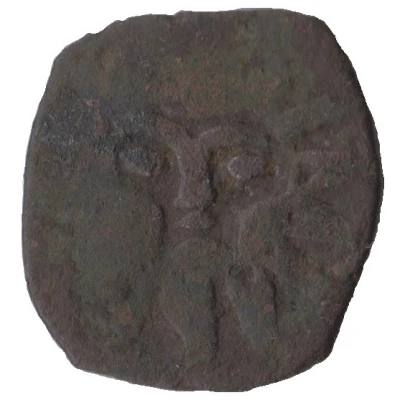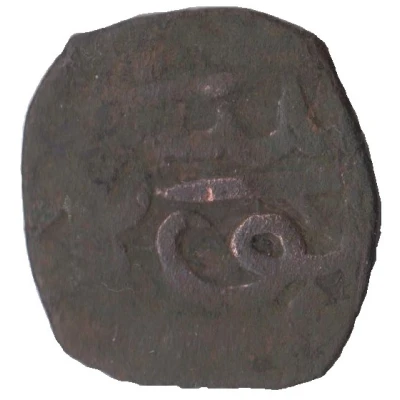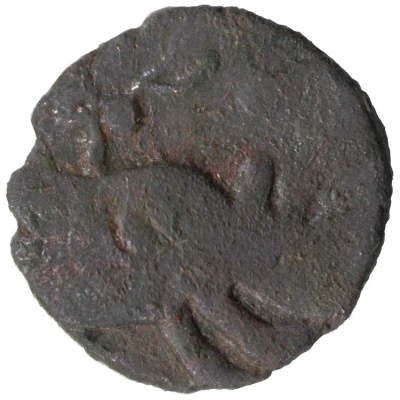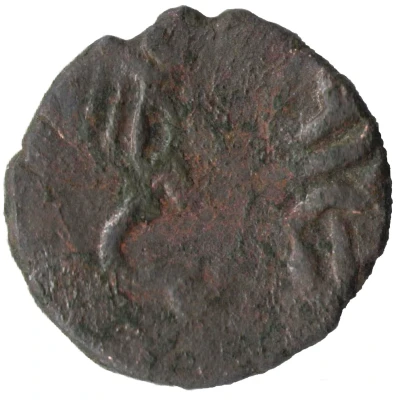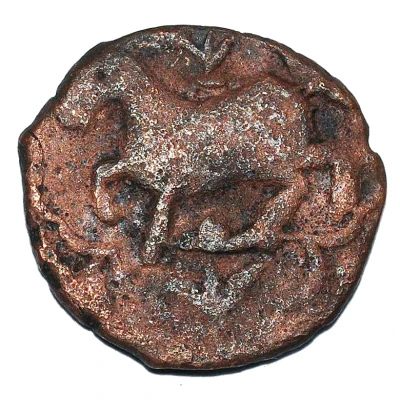
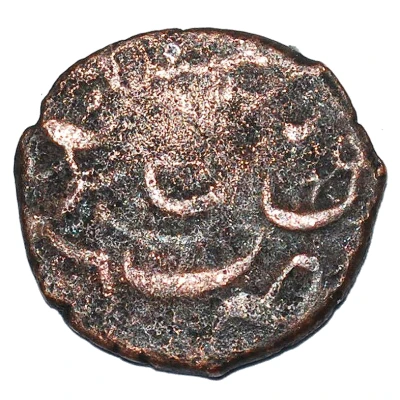

Obverse © pavle chumburidze
Puli anonymous Horse
| Copper | 4.5 g | 20 mm |
| Issuer | Georgia › Kingdom of Kartli (1490-1762) |
|---|---|
| Type | Standard circulation coin |
| Years | 1094-1193 (1683-1779) |
| Calendar | Islamic (Hijri) |
| Value | ¼ Bisti (1⁄40) |
| Currency | Abazi (-1801) |
| Composition | Copper |
| Weight | 4.5 g |
| Diameter | 20 mm |
| Thickness | 1.1 mm |
| Shape | Round (irregular) |
| Technique | Hammered |
| Demonetized | Yes |
| Updated | 2024-10-04 |
| Numista | N#106110 |
|---|---|
| Rarity index | 93% |
Reverse
Lettering:
*** ( year invisible on the exact coin)
تفليس
فليس
ضر
Translation:
(year)
Tiflis
Fulus
Struck
Edge
Hammered, Irregular
Interesting fact
One interesting fact about this coin is that it features a unique horse design on one side, while the other side features the Georgian coat of arms. This coin was issued during the reign of King Heraclius II, who ruled Georgia from 1762 to 1798. Despite being made of copper, this coin was valued at a relatively high denomination, reflecting the economic importance of Georgia during that time. Additionally, the use of a horse on the coin may symbolize the country's rich history of horse breeding and trading.
